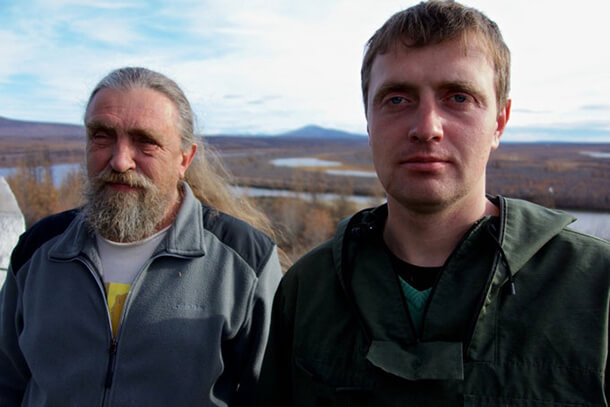Pleistocene Park
Located in northeastern Siberia on the Kolyma River south of Chersky in the Sakha Republic, Russia. The total areas of the park is 144km2 with 20 km2 fenced up to date. So far we have reintroduced reindeer, Yakutian horses, moose, musk ox, yaks, sheep, Kalmykian cows and bison in the park.









